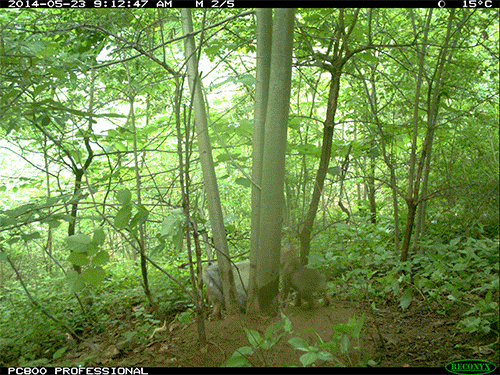Salt to the Sea
by Ruta Sepetys
Audience: Young Adult
Philomel Books (February 2, 2016)
IndieBound | WorldCat
"Winter, 1945. Four teenagers. Four secrets.
Each one born of a different homeland; each one hunted, and haunted, by tragedy, lies…and war.
As thousands of desperate refugees flock to the coast in the midst of a Soviet advance, four paths converge, vying for passage aboard the Wilhelm Gustloff, a ship that promises safety and freedom.
Yet not all promises can be kept.
Inspired by the single greatest tragedy in maritime history, bestselling and award-winning author Ruta Sepetys (Between Shades of Gray) lifts the veil on a shockingly little-known casualty of World War II. An illuminating and life-affirming tale of heart and hope."
Carolyn's thoughts on the book:
Ruta Sepetys’ Out of the Easy is easily one of the best books I’ve had the privilege of reading, and one of my favorite books of all time (as well as one of only three books that will always make me cry when I read it). I was at the ALA annual conference last year when I first heard that Ruta Sepetys’ next book was Salt to the Sea (I found out when I was handed one of the first arcs of Salt to the Sea given out - the lovely people at the Penguin booth thought I was waiting for the first copy when I had stopped in the middle of their giant booth, when in actuality I was simply drinking in all the different arcs they had on display. I didn’t bother to correct them.). I was thrilled, and intrigued when I heard that her third book would be focused on the sinking of the Wilhelm Gustloff, which few know of.
As she does best, Ruta Sepetys shines a light upon a tragic part of history that no one wants to acknowledge: in Between Shades of Gray, it was Stalin’s ethnic cleansing of Lithuania; in Out of the Easy, the dark underbelly of 1950s New Orleans and the classism and patriarchy that serve to imprison the daughter of a prostitute; and now, in Salt to the Sea, she takes on the difficult task of explaining the greatest maritime tragedy in history that almost no one has ever heard of. The Wilhelm Gustloff was carrying over 10,000 passengers (almost 9,000 of which were civilians) in 1945 when she was sunk in the Baltic by a Soviet submarine, killing about 9,400 people - yet neither side reported on it.
In Salt to the Sea, we meet four different teenagers, each hiding their own secrets - Joana, a Lithuanian nurse; Alfred, a young German soldier; Florian, a young Prussian man with his own vengeful agenda; and Emilia, a Polish girl hiding dark secrets of her own. From their harrowing journey across Eastern Europe, caught between the dual horrors of the Russian and German forces, to their fateful passage on the ship, their intertwining stories are told with Sepetys’ trademark lyricism and grace, befitting the tragic nature of their tales. The horrors of war impacted Eastern Europe in ways that Americans either don’t know of or can’t comprehend, and this novel brings the bloody chaos of the area into sharp focus. Amidst tragedy and the bitter hate of war, the beauty of kindness shines out throughout the novel, the only thing allowing the characters - and indeed, the reader - to accept and bear the atrocities they’ve borne witness to. In telling their stories, Ruta Sepetys brings nuance and emotion to a tragedy the world chose to look away from and forget - the Germans didn’t want to report the loss of military personnel, and the Allies didn’t want to face the staggering loss of civilian lives at their hands. No side, country, or race is exempt from this horror, and the stories of victims and survivors alike are told in this beautiful, but heartbreaking novel.
Salt to the Sea is a difficult, yet eloquent and important read. There are now four books that will always make me cry, and Salt to the Sea has easily won its place on that list, and in my heart.
Carolyn is a teen blogger who shares her favorite YA reads and favorite book related finds with readers on Fridays.

























